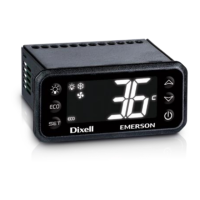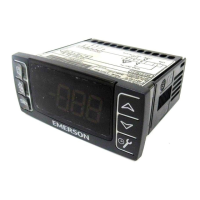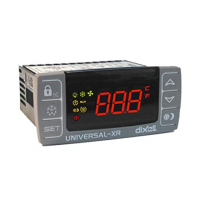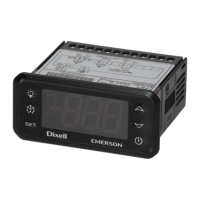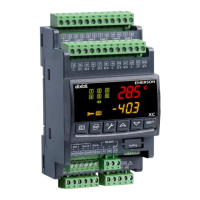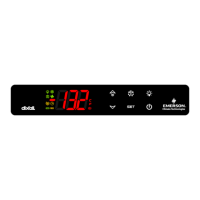User Manual Appendix D
GFK-1742F Jan 2020
Tuning Digital and Analog Servo Systems 438
8.
The next parameter to be adjusted is the Velocity Loop Integral Gain. . The Velocity
Loop integral gain is the term multiplied by the area of the velocity error (velocity
command - velocity feedback) to generate the portion of the torque command due
to the integral term. The integral gain term is typically used to compensate for
steady state error in velocity. To begin the tuning process the Velocity Loop Integral
Gain should be set to zero. The tuning procedure will be to slowly increase this value
until steady state error is eliminated without incurring large overshoot or excessive
ringing in the response.
9.
Choose the method to introduce velocity command to the velocity loop. Method #1
and Method #2 (above) are examples of methods to perform this task.
10.
Connect an oscilloscope to the analog outputs for Motor Velocity from the servo
amplifier.
11.
Per the earlier discussion, set the initial Velocity Loop Integral Gain value.
12.
Generate a velocity command step change. At this point the step change should be
relatively small compared to the full speed of the machine. Ten to 20 % of the rated
machine speed is a good start.
13.
Observe the Motor Velocity on the oscilloscope. The objective is to eliminate steady
state error without introducing excessive overshoot or ringing. While tuning the
integral term pay particular attention to any oscillations that occur in the response.
Excessive oscillations are an indication of instability in the control loop due to
excessive integral gain.
14.
Increase the Velocity Loop Integral Gain in small steps and repeat 12 and 13 until the
desired response is achieved. Depending on the application this may be a critically
damped system or may have a slight overshoot. As a general rule, the lower the
Velocity Loop Integral Gain value that meets the system requirements the more
robust the control. The user should carefully observe the velocity feedback signal. In
some applications, running the Velocity Loop Integral Gain high enough to create
instability can cause machine damage. If oscillations are observed in the Motor
Velocity feedback signal prior to this point, decrease the Velocity Loop Integral Gain.
The basic velocity loop is tuned at this point. The next step will be to connect the
motor to the load and adjust the Velocity Loop Gain parameter to adjust for the
motor load.
15.
With the base Velocity Loop tuned, connect the motor to the load. The Velocity Loop
Gain. parameter adjusts the velocity loop response to compensate for the load.
Specifically, the Velocity Loop Gain parameter adjusts the velocity loop bandwidth.
As a starting point use the following formula shown below.

